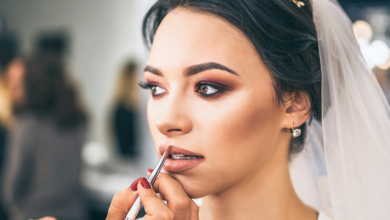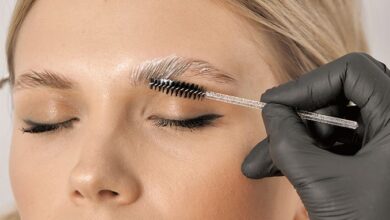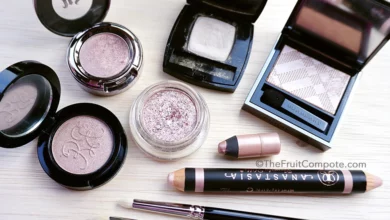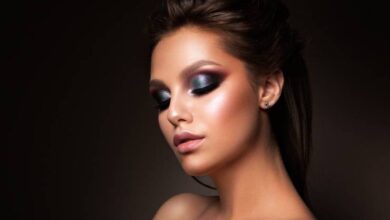
Are you tired of dealing with dark circles and under-eye bags? Look no further, because we have the solution to your under-eye dilemmas! In this article, we will guide you through the art of applying concealer flawlessly, helping you achieve a fresh and rejuvenated look effortlessly. Say goodbye to tired-looking eyes and hello to a radiant and flawless complexion with our under-eye magic tips and tricks.
Choosing the Right Concealer Shade
When it comes to finding the perfect concealer shade, understanding your undertone is crucial. Undertone refers to the subtle hues beneath the surface of your skin that can either be warm, cool, or neutral. Warm undertones typically have yellow, peach, or golden hues, while cool undertones have more pink, red, or blue tones. Neutral undertones have a balance of both warm and cool tones.
To determine your undertone, take a look at the veins on the inside of your wrist. If they appear green, you likely have warm undertones. If they appear blue or purple, you likely have cool undertones. If it is difficult to determine the color or if you see a mix of green and blue, you may have a neutral undertone.
Once you’ve identified your undertone, the next step is to match your concealer shade to your overall skin tone. The goal is to find a shade that closely resembles your natural skin color, as this will create a seamless and natural-looking finish. It’s important to note that your concealer shade may not be an exact match to your foundation shade, as the purpose of concealer is to correct and camouflage specific areas of concern.
Considering your specific concerns is another factor in choosing the right concealer shade. Different concerns, such as dark circles, hyperpigmentation, or redness, may require different shades or color correctors to effectively camouflage them. It’s important to assess your specific needs and choose a shade that will address and correct those concerns.

Prepping the Under-Eye Area
Before applying concealer, it’s important to properly prep the under-eye area to ensure a smooth and flawless application. This involves cleansing the skin to remove any dirt or excess oils, as well as applying moisturizer to hydrate and plump up the skin.
Start by cleansing your skin with a gentle cleanser to ensure a clean canvas for your makeup. This will help remove any impurities or product buildup and create a smooth base for the concealer to adhere to.
After cleansing, apply a moisturizer specifically designed for the under-eye area. Look for a lightweight formula that is hydrating and nourishing. Moisturizing the skin will help prevent the concealer from settling into fine lines or appearing dry and cakey.
In addition to moisturizer, using an eye cream can provide extra hydration and help diminish any puffiness or dark circles. Look for an eye cream that targets your specific concerns, such as puffiness or fine lines. Gently pat a small amount of eye cream onto the under-eye area using your ring finger, as it has the lightest touch.
Finally, consider using a primer to create a smooth and even surface for your concealer. A primer can help extend the wear of your concealer and prevent it from creasing or fading throughout the day. Apply a thin layer of primer to the under-eye area using your fingertips or a small brush, focusing on any areas where you have concerns.
By properly prepping your under-eye area, you will create the perfect canvas for your concealer application and ensure a long-lasting and flawless finish.
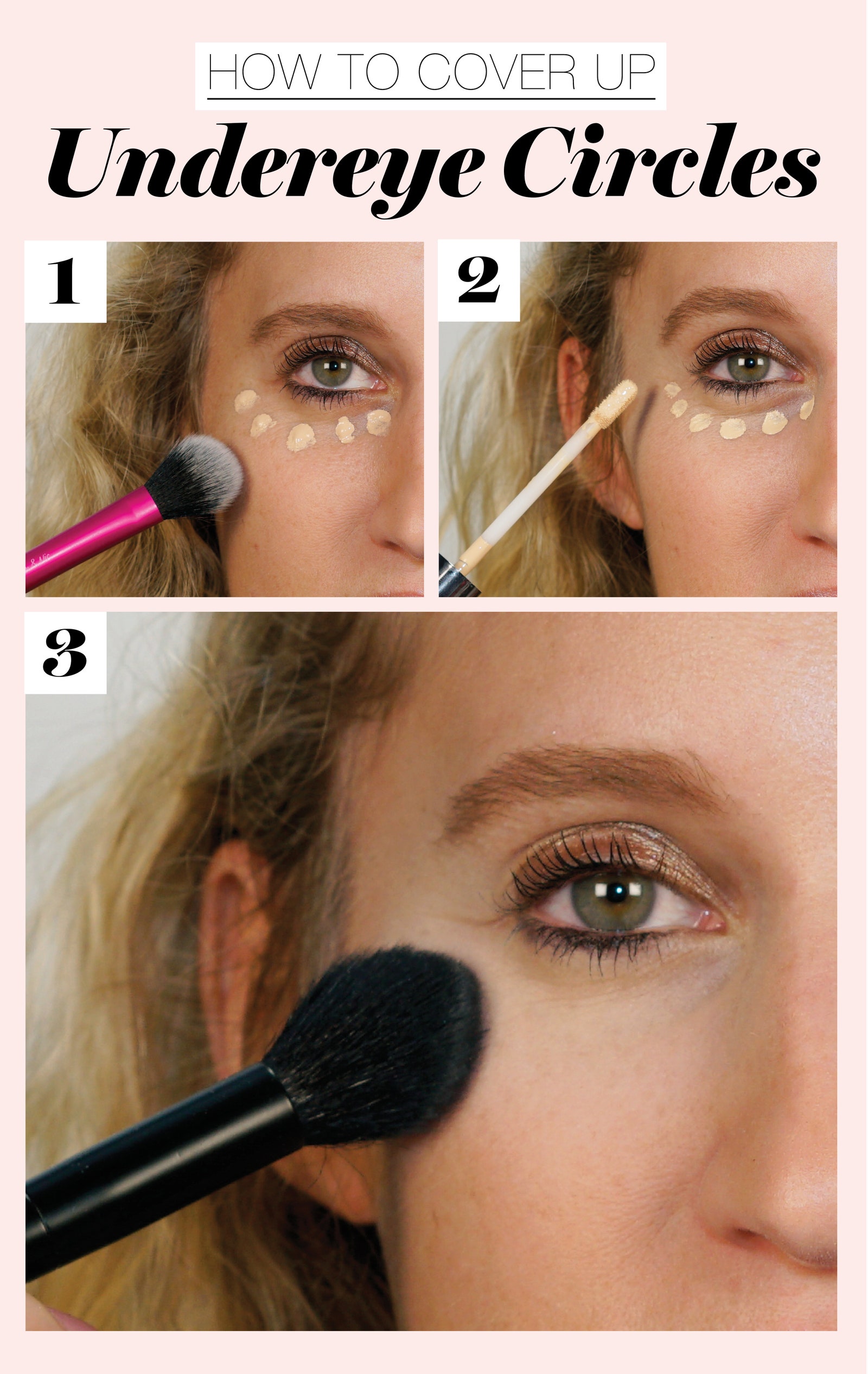
Selecting the Right Tools
Choosing the right tools for applying concealer can make all the difference in achieving a seamless and natural-looking finish. There are several options to consider, such as brushes, sponges, or even your fingertips. The choice ultimately comes down to personal preference and the formula of your concealer.
A brush can provide precise application and smooth blending. Look for a small, flat brush with densely packed bristles. This type of brush is ideal for applying concealer to specific areas, such as under the eyes or around the nose. Use light and feathery strokes to blend the concealer into the skin, ensuring a seamless finish.
Another option is to use a sponge, such as a beauty blender or makeup sponge. A sponge can provide a more natural and airbrushed finish. Wet the sponge and squeeze out any excess water before using it to apply your concealer. Gently dab the sponge onto the skin, bouncing it lightly to blend the concealer. This technique helps achieve a smooth and flawless application.
When choosing between a brush or sponge, consider the texture and consistency of your concealer. Thicker or creamier formulas may work better with a brush, while thinner or more liquid formulas may blend more seamlessly with a sponge.
Ultimately, the choice of tools comes down to personal preference. Experiment with different options and techniques to find the one that works best for you and gives you the desired results.

Correcting Concealer Mistakes
Even with the best intentions and techniques, sometimes mistakes happen during concealer application. It’s important to be aware of common mistakes and how to address them to achieve a flawless finish.
One common mistake is using too much concealer. Applying an excessive amount of concealer can make the under-eye area appear heavy and cakey. To avoid this, start with a small amount of concealer and gradually build up coverage if needed. Remember, it’s easier to add more product than to remove excess.
Blending with finesse is another key factor in achieving a natural-looking finish. Harsh lines or uneven blending can make the concealer stand out and appear obvious. Take your time to blend the concealer into the surrounding skin using gentle tapping motions with your chosen tool, whether it’s a brush, sponge, or fingertips. This will ensure a seamless transition between the concealer and your natural skin.
Cresting or settling into fine lines is a common concern with under-eye concealer. To address this issue, avoid applying too much product and be sure to blend it well into the skin. Additionally, setting the concealer with a translucent powder can help prevent creasing and increase its longevity.
If you notice that your concealer looks cakey or heavy, it may be due to the wrong formula or excessive product. Try using a lightweight and hydrating concealer formula that won’t settle into fine lines. Applying a thin layer of concealer and setting it with a light dusting of powder can also help achieve a more natural and flawless finish.
By being mindful of these common mistakes and implementing the right techniques, you can correct any issues that may arise during concealer application and achieve the perfect finish.
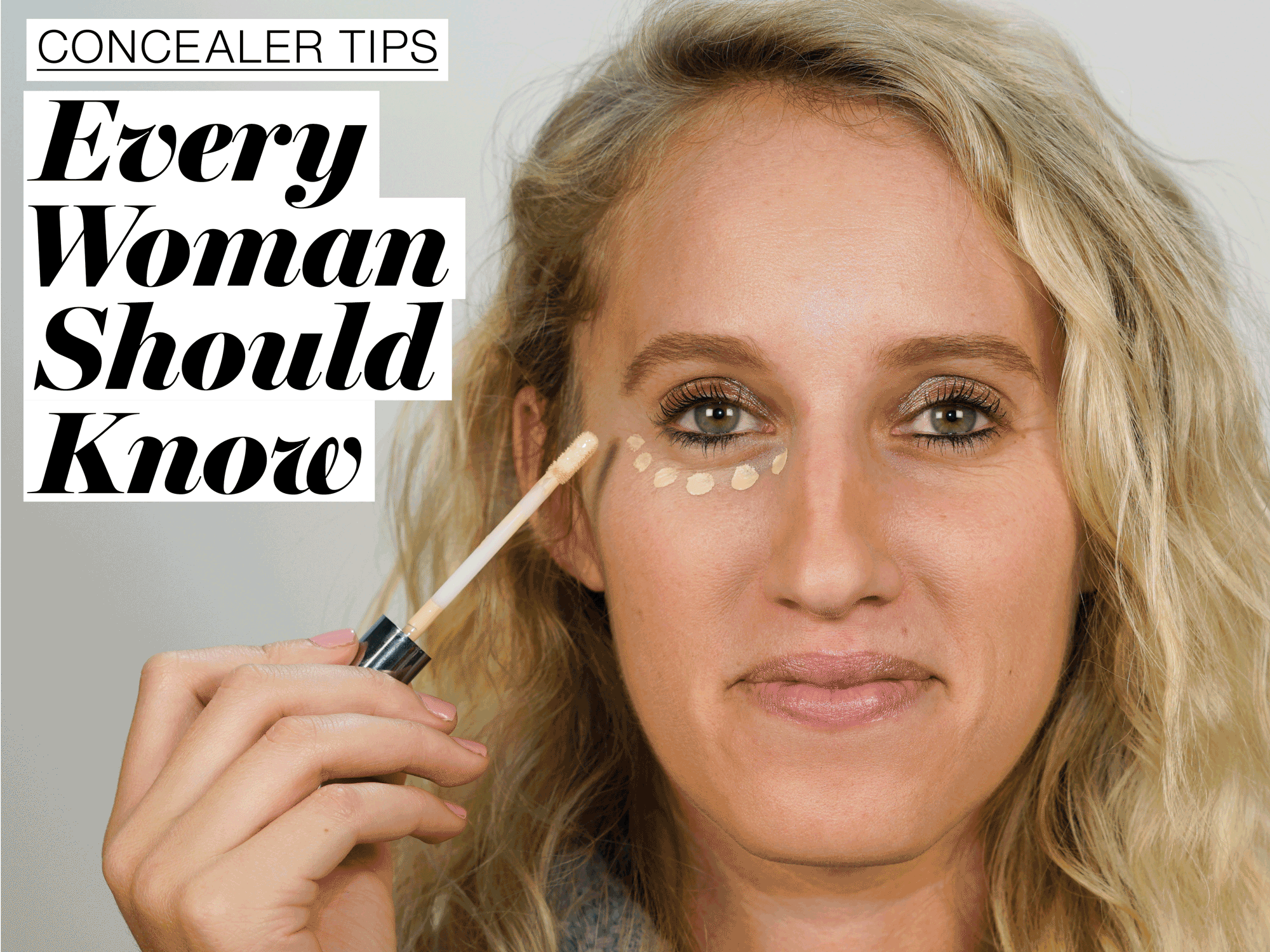
Application Techniques
There are several techniques you can use to apply concealer to the under-eye area, depending on your preference and desired outcome. The dot and blend method, the triangle application, and the patting and pressing technique are all effective ways to achieve a seamless and natural-looking finish.
The dot and blend method involves applying small dots of concealer under the eyes and blending it into the skin using your chosen tool. Start by placing three to four dots of concealer evenly spaced along the under-eye area. Then, use gentle tapping or patting motions with your tool to blend the concealer into the skin. This technique helps distribute the product evenly and allows for targeted coverage.
The triangle application technique is particularly effective for covering up dark circles. Start by drawing an upside-down triangle with the concealer under each eye, with the base of the triangle along the lower lash line and the point towards the cheek. Blend the concealer into the skin using gentle tapping or patting motions, ensuring to cover the entire under-eye area. This technique helps brighten the eyes and create a lifted appearance.
The patting and pressing technique involves gently patting and pressing the concealer into the skin using your fingertips. This technique can help warm up the product and blend it seamlessly into the skin, creating a natural finish. Start by placing small dots of concealer under the eyes and use your ring finger to gently pat and press the product into the skin. Repeat until the concealer is fully blended and provides the desired coverage.
Experiment with different application techniques to find the one that works best for you and gives you the desired coverage and finish. Remember to be gentle and take your time to blend the concealer seamlessly into the skin for a flawless result.

Setting Your Concealer
To ensure your concealer stays in place and lasts throughout the day, setting it is essential. There are two main options for setting your concealer: using a setting powder or opting for a setting spray.
Using a setting powder helps lock in the concealer and prevent it from creasing or fading. Look for a finely milled and translucent powder that matches your skin tone. Using a small fluffy brush or a sponge, lightly dust the powder over the concealed areas, focusing on the under-eye area. Use a pressing motion to set the concealer without disturbing the coverage. Make sure to tap off any excess powder before applying it to avoid a heavy or cakey appearance.
Alternatively, you can use a setting spray to lock in your concealer. A setting spray not only helps set the makeup but also adds a dewy or matte finish, depending on the formula. Hold the setting spray at arm’s length and mist it over the concealed areas, making sure to cover the under-eye area. Allow the spray to dry completely before continuing with the rest of your makeup routine.
When setting your concealer, it’s essential to strike a balance. Using too much powder or spray can make the under-eye area appear dry and emphasize fine lines or texture. On the other hand, using too little may not effectively set the concealer and may lead to creasing or fading. Experiment with different amounts and techniques to find the right balance for your skin.
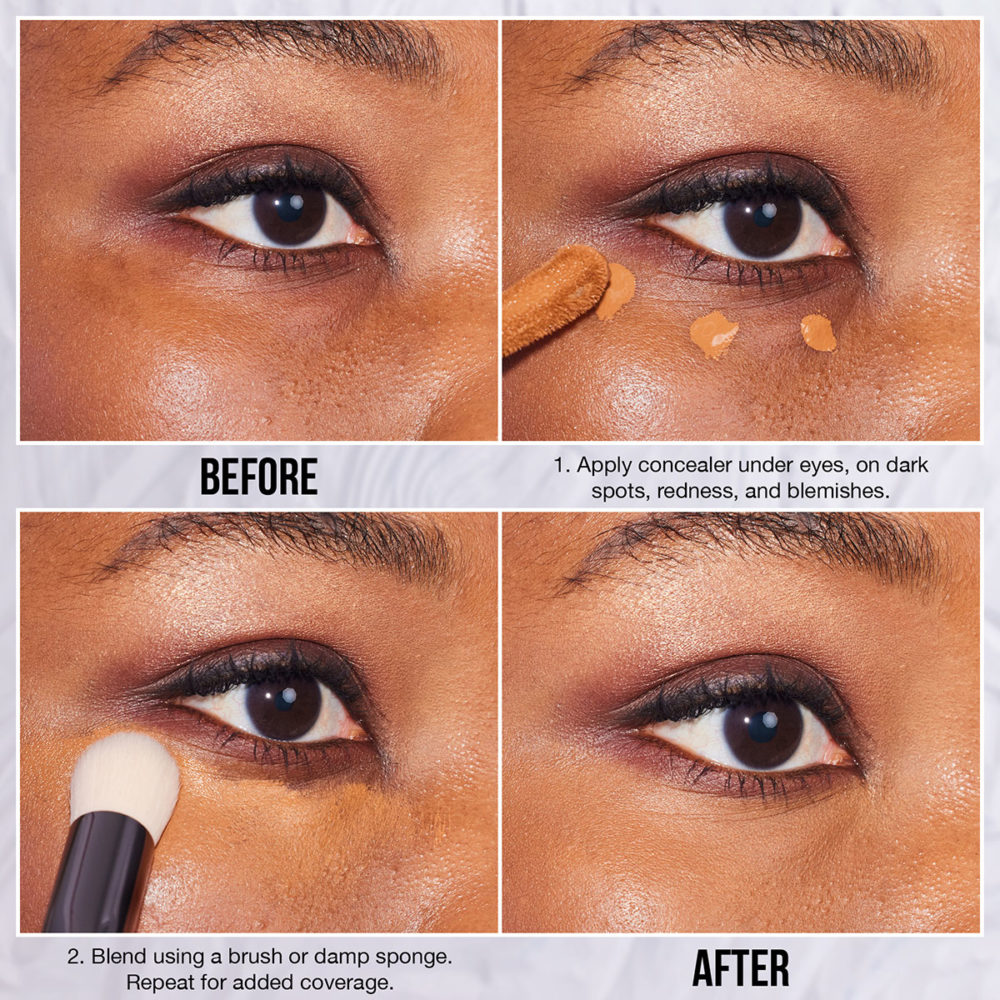
Concealer for Specific Concerns
Concealer is a versatile product that can address a range of under-eye concerns. Understanding your specific concerns and choosing the right concealer shade or color corrector can help you achieve a flawless and perfected under-eye area.
If you struggle with dark circles, opt for a concealer shade that is one to two shades lighter than your natural skin tone. A lighter shade can help brighten the under-eye area and create a more awake appearance. Look for a concealer formula that provides full coverage and has a brightening effect to effectively camouflage dark circles. Apply the concealer using your preferred technique and blend it seamlessly into the skin.
For puffiness, a concealer with a salmon or peach undertone can help neutralize the blue undertones often associated with puffiness. The peach or salmon hue works to counteract the darkness and create a more even-toned appearance. Choose a concealer shade that matches your skin tone and has a creamy texture to provide hydration and prevent any creasing or settling into fine lines.
Fine lines and wrinkles can be addressed with a lightweight and hydrating concealer formula. Look for a product that plumps and smooths the under-eye area, minimizing the appearance of fine lines. Avoid heavy or cakey formulas, as they may settle into fine lines and emphasize texture. Gently apply the concealer, focusing on areas with fine lines, and blend it carefully to achieve a natural and flawless finish.
By choosing the right shade and formula for your specific concerns, you can effectively camouflage any under-eye issues and achieve a smooth and perfected look.

Color Correction
Color correction is a technique used to neutralize specific undertones or concerns using color theory. Understanding how colors interact can help you choose the right color corrector to camouflage and correct under-eye issues.
Color theory involves understanding the color wheel and how different colors relate to each other. Colors that are opposite each other on the color wheel effectively neutralize each other. For example, green cancels out redness, orange cancels out blue or purple tones, and peach cancels out dark circles or hyperpigmentation.
To effectively color correct, choose a product with the opposite color to your specific concern. For redness or blemishes, use a green color corrector before applying concealer. Apply a small amount of the green corrector and blend it into the red areas using your preferred tool. Follow up with your regular concealer, matching it to your skin tone.
For under-eye concerns, such as dark circles or hyperpigmentation, an orange or peach color corrector can help neutralize the blue or purple undertones. Apply a small amount of the corrector to the under-eye area and blend it well into the skin. Follow up with a concealer that matches your skin tone, applying it using your preferred technique.
By understanding color theory and using the right color corrector, you can effectively neutralize under-eye concerns and achieve a flawless and even-toned under-eye area.
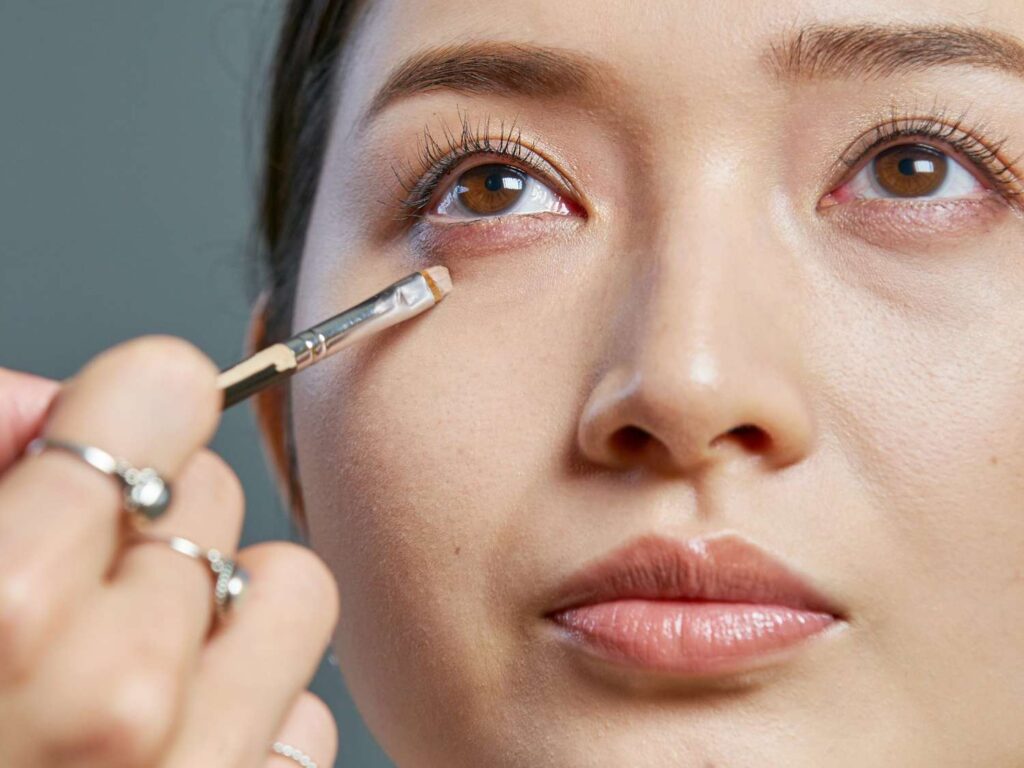
Layering with Foundation
To achieve a seamless and natural-looking finish, it’s important to properly layer your concealer with foundation. There are a few key considerations when it comes to blending concealer and foundation, including the order of application and the choice of foundation formula.
When layering concealer and foundation, it’s generally recommended to apply concealer before foundation. This allows the concealer to effectively address specific concerns, such as dark circles or redness, before creating an overall even-toned base with foundation.
Start by applying your concealer using your preferred technique and blending it seamlessly into the skin. Take your time to ensure the concealer is well-blended and provides the desired coverage. Once the concealer is set, move on to applying foundation.
Consider the formula of your foundation when layering it over concealer. If you have used a lightweight or liquid concealer, opt for a foundation with a similar consistency to create a seamless and natural finish. If you have used a thicker or creamier concealer, choose a foundation formula that can effectively blend and layer without appearing heavy or cakey.
When applying foundation, use a brush, sponge, or your fingertips to evenly distribute the product over the entire face, including the under-eye area. Blend the foundation seamlessly into the concealer, ensuring a seamless transition and an even-toned finish.
If you prefer a more natural and lightweight finish, consider opting for a lighter foundation or even a tinted moisturizer. These formulas provide a sheer coverage while still evening out the skin tone and creating a natural and fresh-faced look. Apply the lighter foundation using your preferred tool and blend it well into the concealer for a seamless and flawless result.
By properly layering your concealer with foundation, you can achieve a natural and even-toned finish that lasts throughout the day.

Concealer Tips and Tricks
There are a few additional tips and tricks you can use to enhance your concealer application and make the most of this versatile product. From mixing shades to highlighting and contouring, these techniques can help you achieve a flawless and perfected look.
Mixing shades of concealer can be beneficial if you have multiple concerns or need to customize your shade. For example, if you have dark circles and redness, you can mix a peach corrector with a green corrector to address both issues effectively. Similarly, if your concealer shade is slightly off, you can mix it with a lighter or darker shade to achieve a better match. Experiment with different combinations and ratios to find the perfect shade and coverage for your specific needs.
Concealer can also be used for highlighting and contouring, giving you the ability to sculpt and define your features. Choose a shade that is one to two shades lighter than your natural skin tone for highlighting and a shade that is one to two shades darker for contouring. Apply the lighter shade to the high points of your face, such as the cheekbones, bridge of the nose, and brow bone, to create a youthful and radiant look. Apply the darker shade to the hollows of your cheeks, the temples, and the jawline to add depth and definition. Blend the concealer seamlessly into the skin using your preferred tool for a natural and sculpted look.
In addition to its coverage abilities, concealer can also be used as a base for eye makeup. Applying concealer to the eyelids can help even out the skin tone and create a blank canvas for eyeshadow. Use your fingertip or a small brush to apply a thin layer of concealer to the eyelids, blending it well into the surrounding area. Set the concealer with a translucent powder to prevent creasing and increase the longevity of your eyeshadow.
Lastly, concealer can be a great asset when it comes to correcting mistakes. Whether you’ve made a smudge or applied too much product, concealer can help fix the issue. Take a clean brush or sponge and gently blend the concealer over the mistake, whether it’s a smudged eyeliner or a lipstick mishap. The concealer will help cover and correct the mistake, allowing you to continue with your makeup application seamlessly.
By utilizing these tips and tricks, you can enhance your concealer application and make the most of this versatile product.
In conclusion, achieving the perfect concealer application involves understanding your undertone, matching your skin tone, and considering your specific concerns. Prepping the under-eye area with cleansing, moisturizing, and using a primer is essential for a flawless finish. Selecting the right tools, such as brushes or sponges, can help achieve a seamless and natural-looking result.
Correcting mistakes, using proper application techniques, and setting the concealer are key steps in achieving a flawless finish. Understanding color theory can aid in color correction, while layering concealer with foundation ensures a seamless and even-toned look. Lastly, utilizing tips and tricks, such as mixing shades and using concealer for eye makeup, can enhance your overall application. With these comprehensive guidelines, you’re well-equipped to conquer the perfect concealer application and achieve under-eye magic.
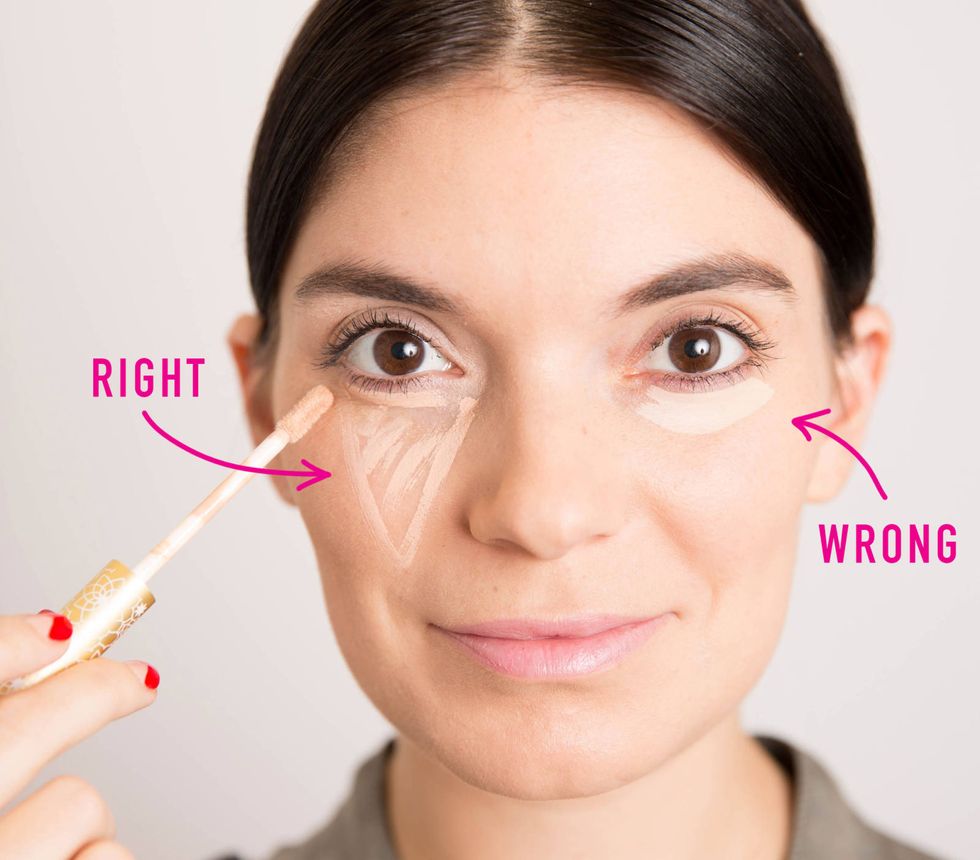
Concealer Chronicles: Tips And Tricks From Stylish.ae’s Pro(Opens in a new browser tab)
Maybelline Concealer Flawless Natural Coverage Review(Opens in a new browser tab)
Catrice TRUE SKIN high cover concealer #020-warm beige 4,5 ml review(Opens in a new browser tab)

